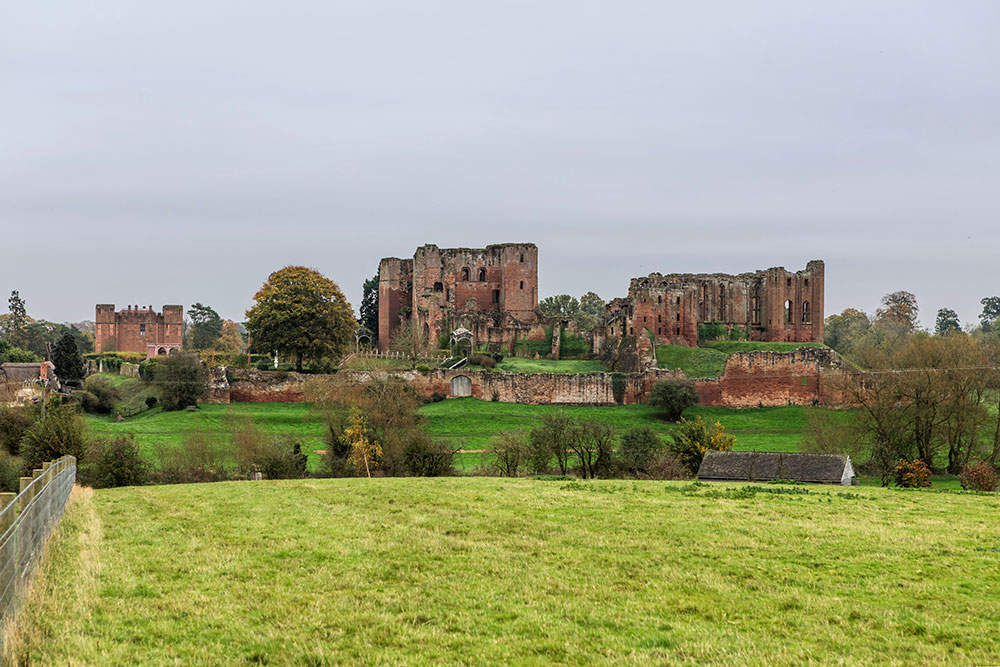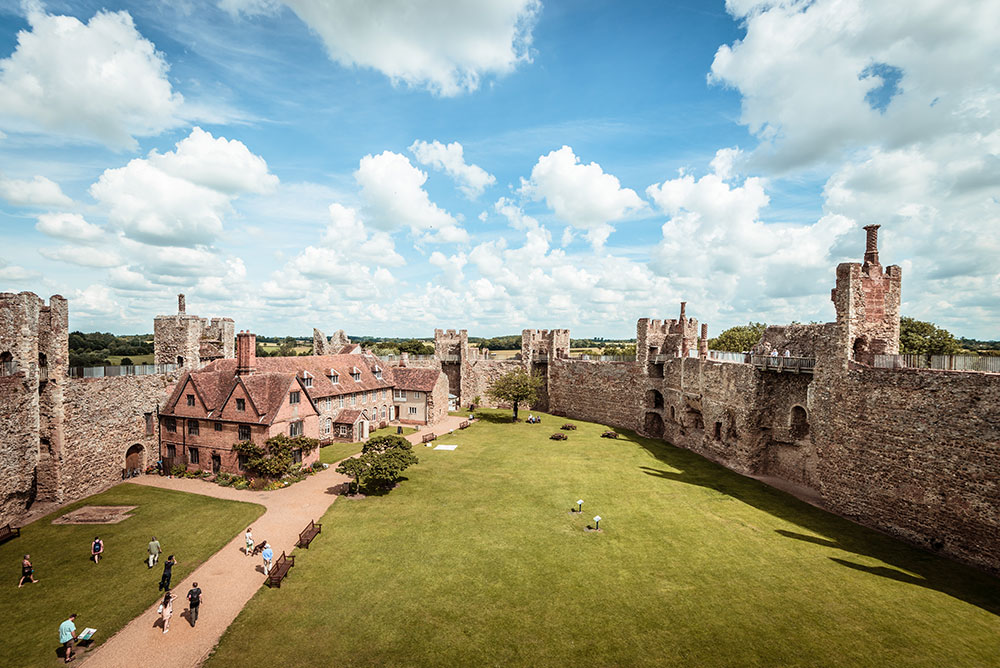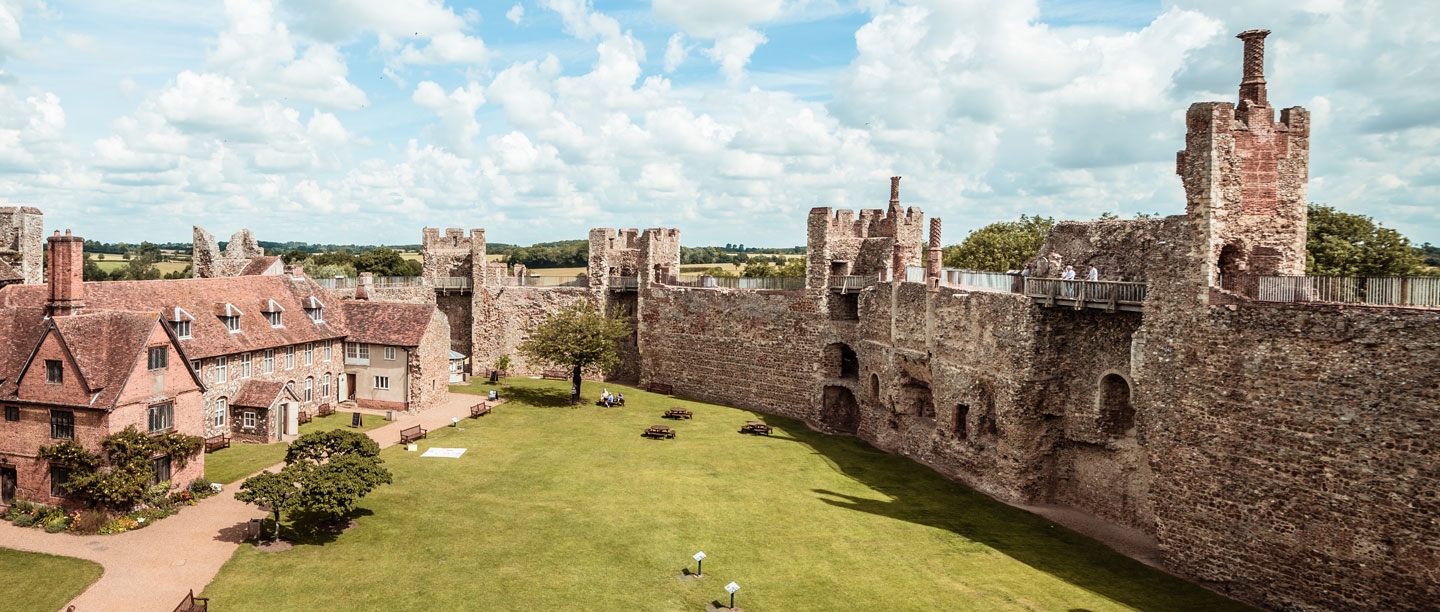
20 Questions Quiz: Royal Connections
Put your knowledge to the test with this quiz about our sites' royal connections.
-
1. Joan of Navarre was imprisoned at Pevensey Castle in East Sussex by which king?
Answer: King Henry V
After Henry IV’s death, the new king, his son Henry V, pressed England’s war with France. While Henry V had several significant successes against the French, the cost of war changed his relationship with his stepmother, Joan of Navarre. She was still receiving her dowry of 10,000 marks a year, which represented a large amount that Henry could put to other use. In September 1419, Joan’s priest accused her of plotting to kill the king through witchcraft and sorcery. Conveniently for Henry, this gave him a reason to confiscate Joan’s property and cut the amount he was paying her. Joan was imprisoned and on 15 December she was taken to Pevensey Castle. After nearly three months in prison at Pevensey, Joan was moved to Leeds Castle, where she spent the rest of her captivity. Henry V fell ill and, shortly before his death in 1422, he gave orders to release Joan and restore her lands and property.
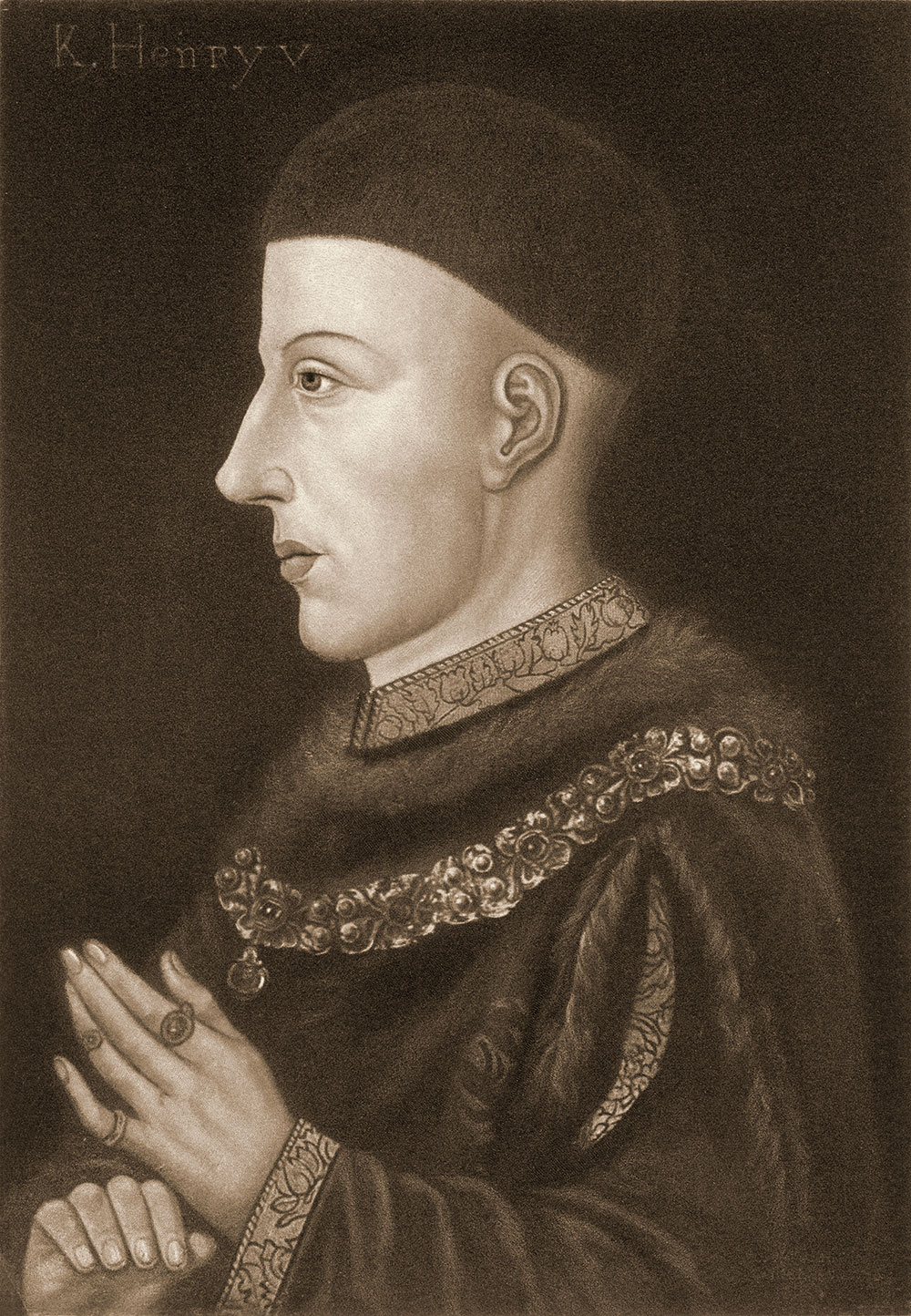
-
2. At which London property, later transformed into an art deco mansion, did Henry VIII spend much of his childhood?
Answer: Eltham Palace and Gardens
Henry VIII passed much of his boyhood at Eltham Palace, and was the last monarch to spend substantial amounts of money or time there. Eltham was an important royal palace from the 14th to 16th century – monarchs would often stay there and hunt in the surrounding parks. After centuries of neglect, Eltham was leased to Stephen and Virginia Courtauld in 1933, who built a contemporary house that incorporated the great hall.
-
3. Answer
Answer: Kenilworth Castle and Elizabethan Garden
In 1563, Elizabeth I granted Kenilworth Castle in Warwickshire to Robert Dudley, Earl of Leicester, who transformed the property into a magnificent palace. He entertained the queen here for 19 days of festivities in 1575 – the longest she ever remained in a courtier’s mansion. The ‘princely shows’ included fireworks that were heard 20 miles away and an entire garden that was created especially for her visit.
-
4. Who was inspired by the legend of King Arthur to build Tintagel Castle in Cornwall in the 1230s?
Answer: Richard, Earl of Cornwall
From about the 5th to the 7th century AD, Tintagel was probably a residence of rulers of Cornwall. It is these Cornish kings that are thought to have prompted the 12th-century writer Geoffrey of Monmouth to name it in his History of the Kings of Britain as the place where King Arthur was conceived. This association led the hugely wealthy and ambitious Richard, Earl of Cornwall, to build a castle here in the 1230s. The site was of no military value – legend alone seems to have inspired him to build here. Long after the castle had fallen into decay, its mythical associations kept interest in Tintagel alive.
-
5.After being escorted to Carlisle Castle following her arrival in England, for how many years was Mary Queen of Scots kept a prisoner by Elizabeth I? A - 5 years B - 13 years C - 19 years
Answer: C - 19 years
On 16 May 1568, a small fishing boat carrying Mary Queen of Scots set sail from Scotland for English shores. After months of conflict and turmoil in Scotland, she had decided to entrust her fate to her cousin, Elizabeth I of England. Two days later Mary was escorted to Carlisle Castle. Although she was neither a captive nor a hostage, she was put under armed guard. After two months at Carlisle Castle, she was moved to many places during the 19 years she was held under house arrest, before her eventual execution in 1587.
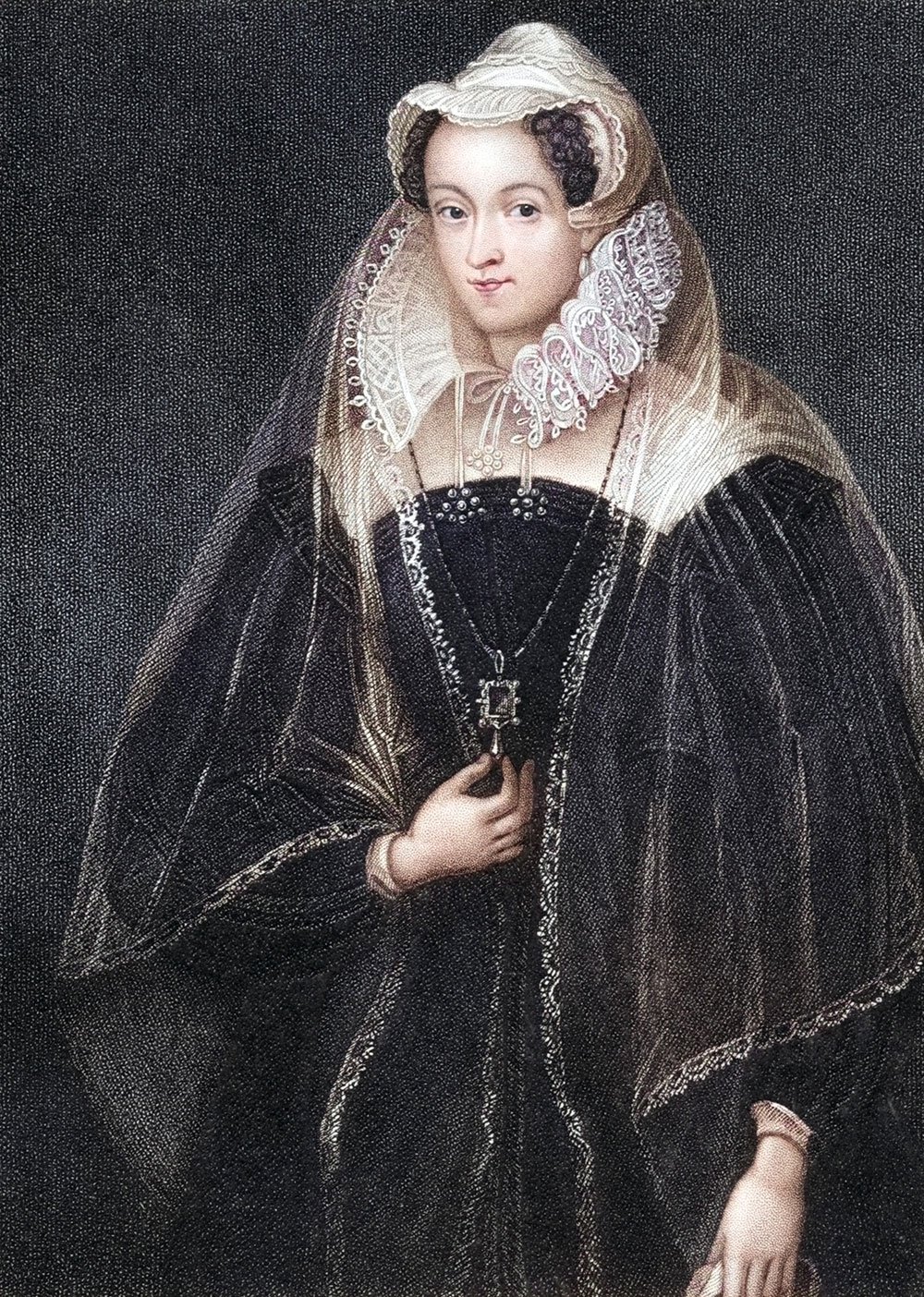
-
6.Queen Victoria and Prince Albert’s seaside home Osborne, on the Isle of Wight, was inspired by which Italian bay?
Answer: The Bay of Naples
Osborne was built between 1845 and 1851 to provide Queen Victoria and Prince Albert with a private family home. Albert was heavily involved from the start in the design of the house, which was built by Thomas Cubitt in a quintessential Italian ‘palazzo’ style, with its picturesque silhouette, pair of towers, and terraces connected by flights of steps. The location's temperate climate and panoramic views over the Solent reminded Prince Albert of the Bay of Naples, which he had visited in 1839.
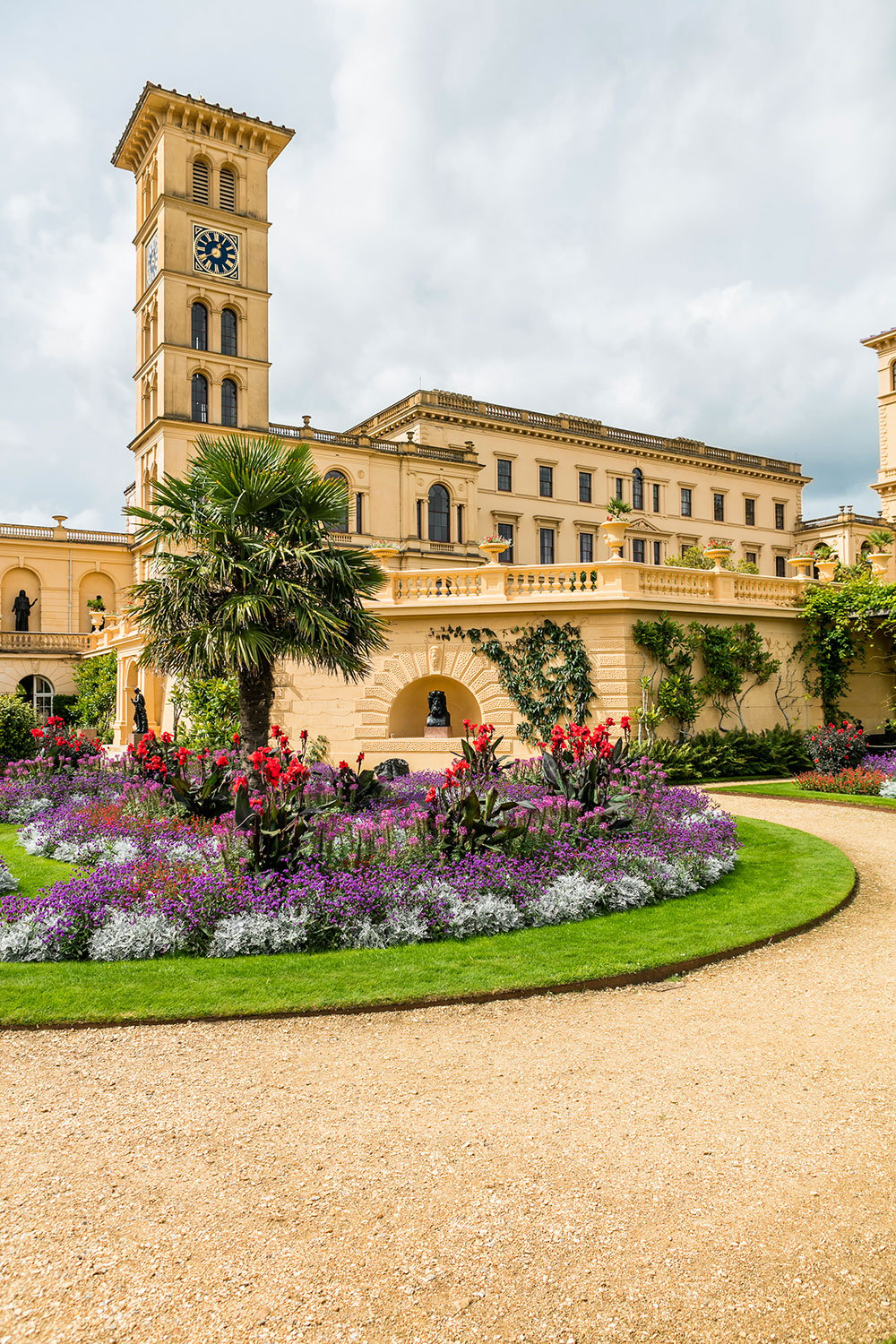
-
7. How old was Victoria when she died at Osborne in 1901?
Answer: 81
Victoria was born in 1819 and became queen in 1837. She had nine children with Prince Albert, and many of the royal families of Europe were descended from the marriages of Victoria's children. Osborne was the private property of the royal family but Victoria’s successor, Edward VII (1841–1910), did not need it. No other member of the royal family wanted to take on the upkeep of Osborne and, on Coronation Day 1902, the king gave the estate to the nation.
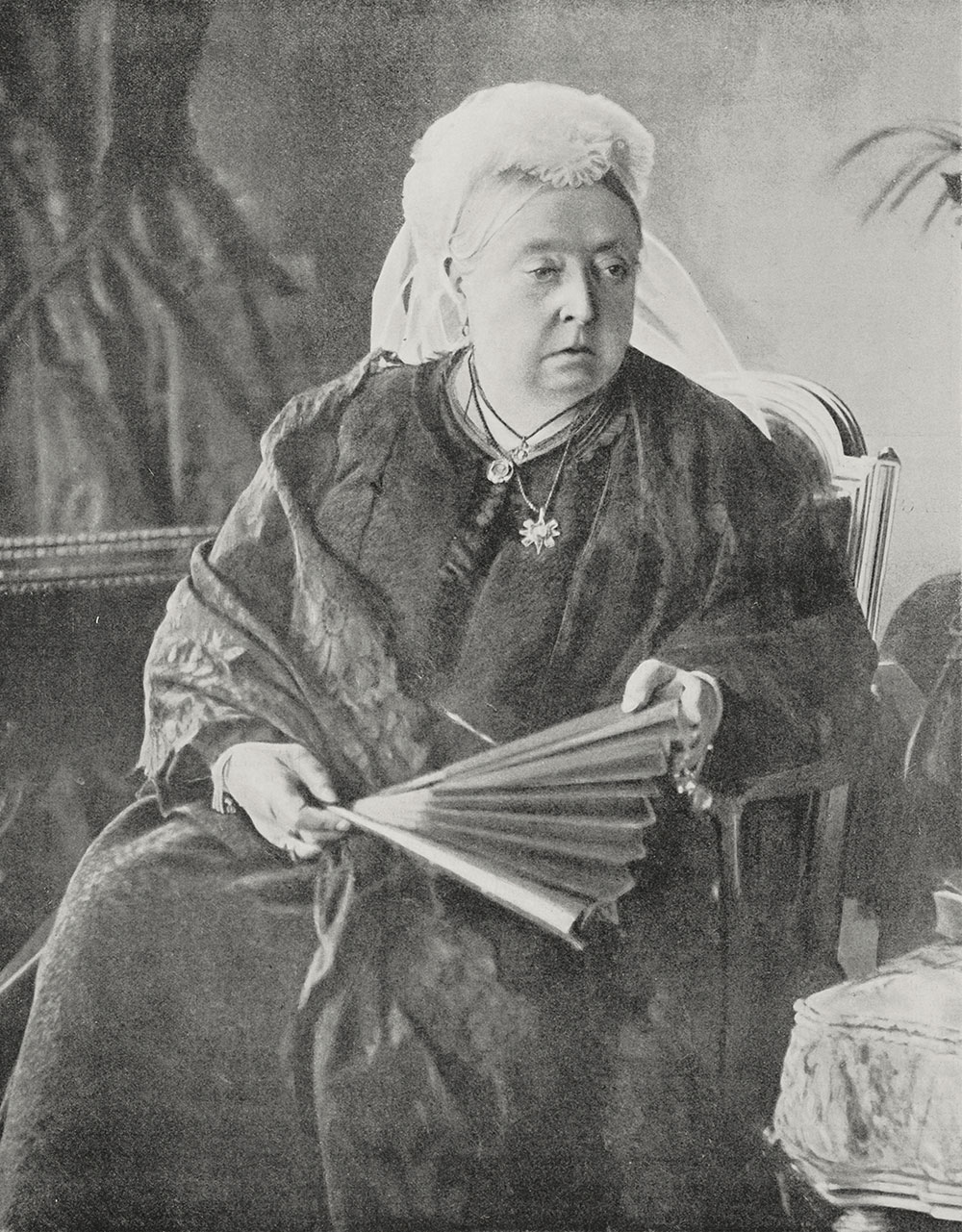
-
8. Why did Henry II keep his queen, Eleanor of Aquitaine, under house arrest at Old Sarum in Wiltshire?
Answer: She incited her sons to rebel against their father
Eleanor of Aquitaine was queen of two great medieval European powers – England and France. Just eight weeks after her marriage to Louis VII was annulled, in 1152, she married the man who two years later would become King Henry II of England. A major family dispute in 1173 saw Eleanor support Henry's sons when they plotted to overthrow their father. The revolt failed and Eleanor was captured. Henry II imprisoned her for almost 16 years at various locations, including Old Sarum in Wiltshire.
-
9. For what purpose did Edward III use the Jewel Tower in London?
Answer: Housing his Privy Wardrobe of his clothes, arms and armour
Jewel Tower is a precious survival from the medieval Palace of Westminster. It was built in the 1360s as a secure store for royal treasure within the private palace of Edward III. Later it became the records office of the House of Lords, surviving the fire that destroyed much of the historic palace in 1834.
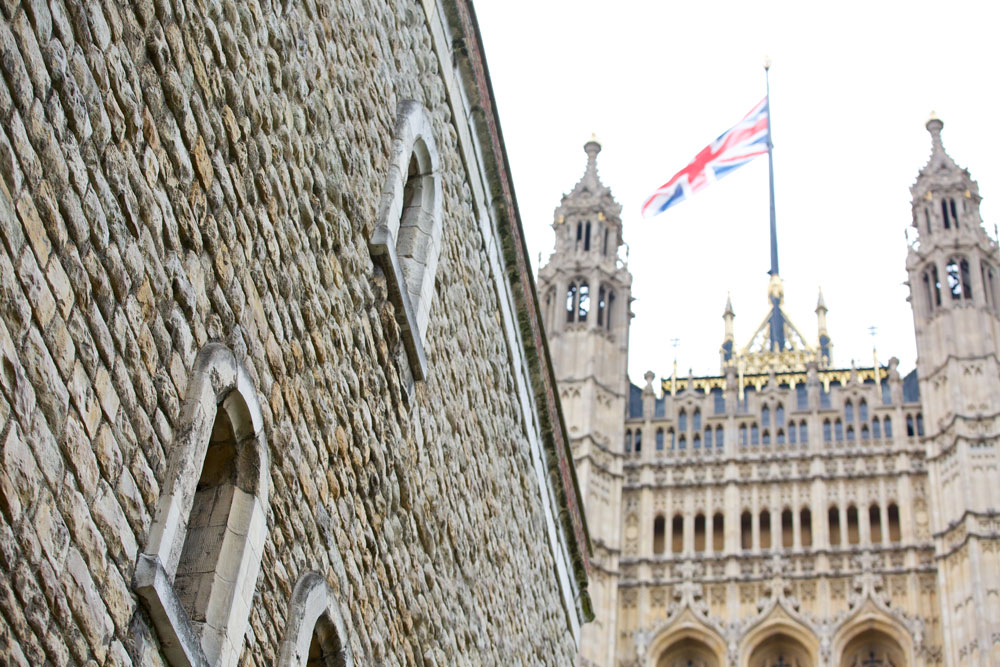
-
10. Can you unscramble the name of this site, at which Charles I was held captive? RATS BOOKCASE RELIC
Answer: Carisbrooke Castle
When the First Civil War ended in June 1646, King Charles I and the Royalist cause were militarily defeated but the search for a political settlement was only beginning. It proved to be long and complex. For just over a year, from 13 November 1647, the king was held captive on the Isle of Wight, primarily at Carisbrooke Castle. From there, he took part in numerous negotiations with the English and Scottish parliaments, failed in several escape attempts, and only heard afterwards about the uprisings of the Second Civil War in the summer of 1648.
-
11. Who was the last Anglo-Saxon king of England?
Answer: King Harold II
Harold was killed at the Battle of Hastings, fighting the Norman invaders led by William the Conqueror during the Norman conquest of England. His final resting place is Waltham Abbey in Essex. With origins dating back to the early 11th century, the site adopted many religious functions over the years (including as a church and priory) before eventually becoming home to one of the most prosperous and important abbeys in the country. Although the abbey was dissolved in 1540 (the last monastic house in England to be surrendered to the Crown), visitors can still see a fine 14th-century gatehouse and bridge, as well as the walls of the post-medieval house that was built following its dissolution.
-
12.The Rollright Stones in Oxfordshire were traditionally thought of as a monarch and his courtiers petrified by what?
Answer: A witch
Traditionally a monarch and his courtiers petrified by a witch, the Rollright Stones consist of three groups: the King's Men stone circle; the Whispering Knights burial chamber; and the single King Stone. They span nearly 2,000 years of Neolithic and Bronze Age development.
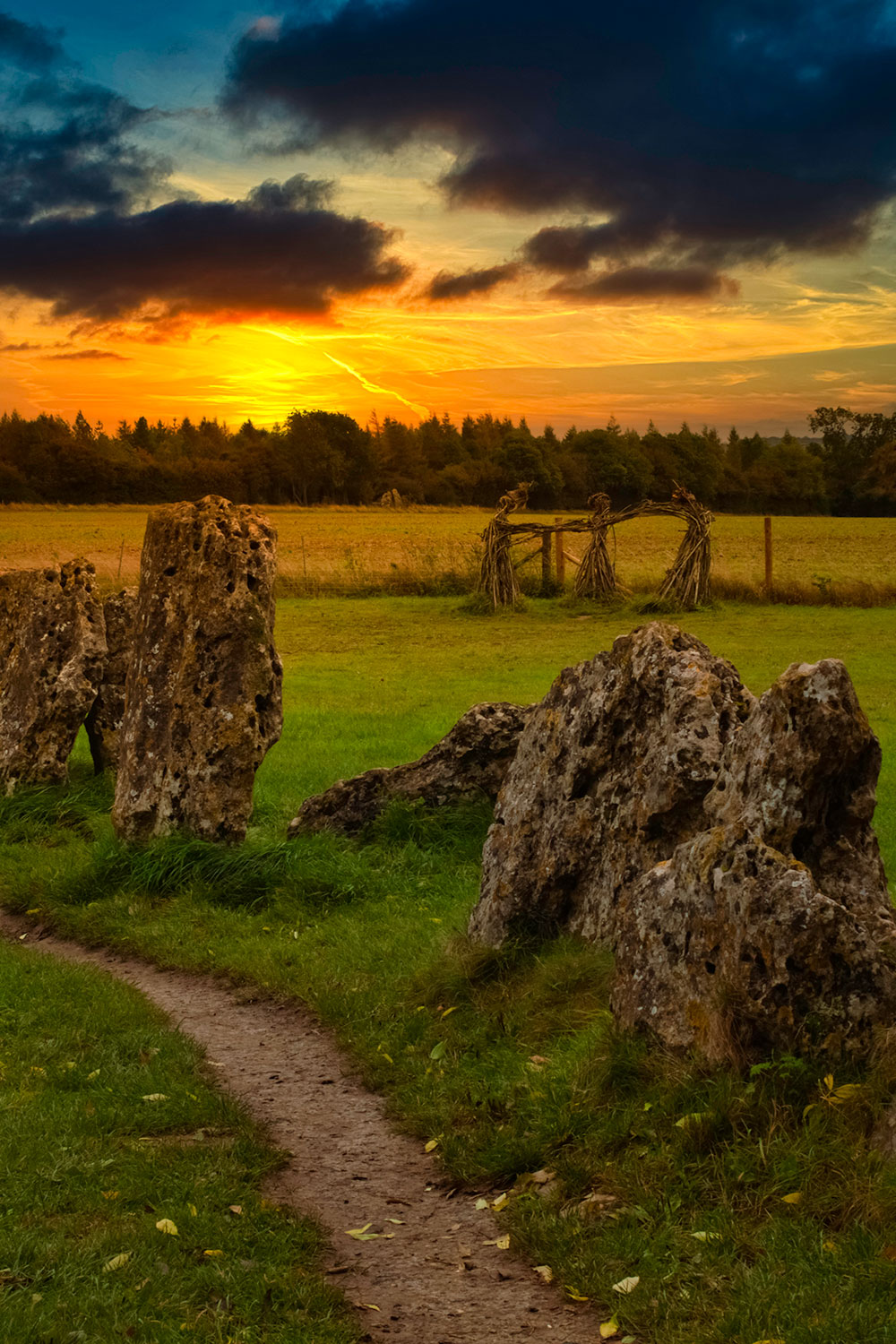
-
13. How did Edward I mark the route of the funeral procession of his wife, Eleanor of Castile?
Answer: He had 12 stone crosses built to mark each place where her body rested overnight on its final journey to Westminster Abbey
In 1290 Eleanor of Castile, the beloved wife of Edward I and mother of his 14 children, died at Harby in Nottinghamshire. The places where her body rested during the journey south to its tomb in Westminster Abbey were marked by 12 stone crosses, which Edward commissioned the best masons in the land to build. The stately triangular Geddington cross in Northamptonshire, with its canopied statues surmounted by a slender hexagonal pinnacle, is the best-preserved of only three intact survivors.
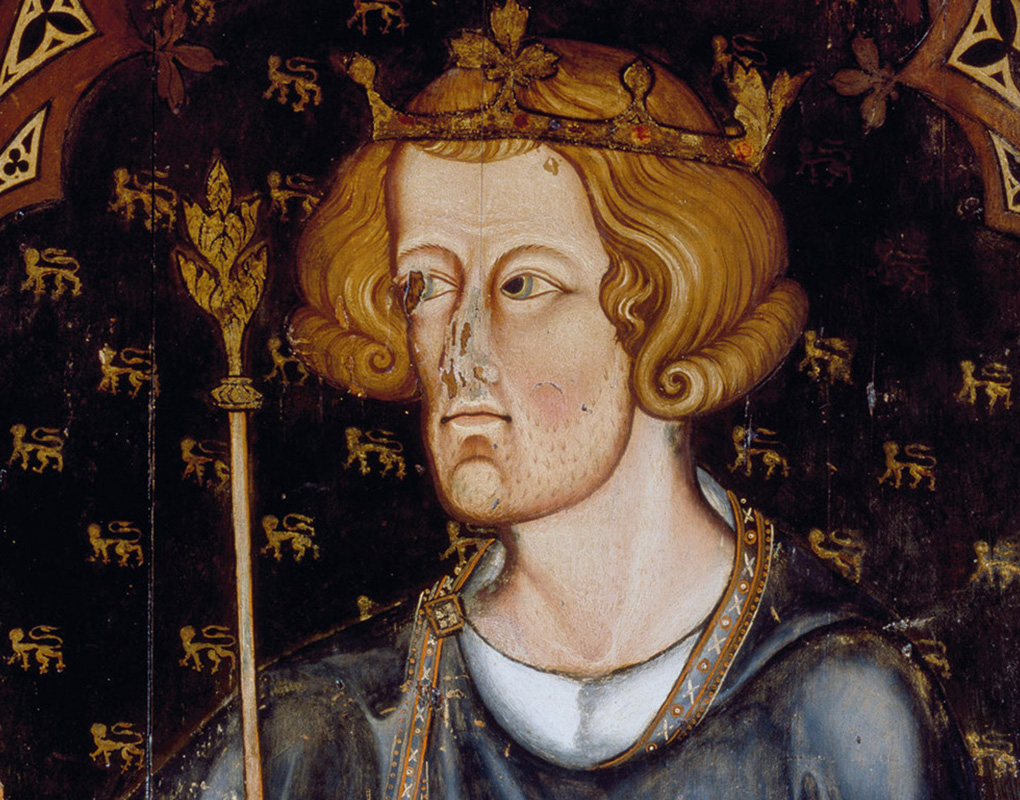
-
14. Which monarch was born at Bolingbroke Castle in Lincolnshire in 1367? A - Edward II B - Richard I C - Henry IV
Answer: Henry IV
Bolingbroke Castle was one of three castles built by Ranulf de Blundeville, Earl of Chester and Lincoln, in the 1220s after his return from the Crusades. After Blundeville’s death, the castle remained in the ownership of the Earls of Lincoln and was later inherited through marriage by John of Gaunt, Duke of Lancaster, who lived at the castle with his first wife, Blanche, in the 1360s. Their son Henry of Bolingbroke was born there in 1367 and he was later crowned king as Henry IV.
-
15. Which king’s assault on Kenilworth Castle, in 1266, turned into one of the longest sieges in medieval history?
Answer: Henry III
In 1253, Henry III gave Kenilworth to his sister Eleanor and her powerful husband, Simon de Monfort, 6th Earl of Leicester. The reformist de Montfort fell at the Battle of Evesham in 1265, but his son, Simon the younger, subsequently held Kenilworth against the king through an extraordinary six-month siege. The siege began on 25 June 1266 and ended on 13 December, when the remnants of the garrison submitted to terms they had originally been offered in October. Only two days’ supply of food remained in the castle.
-
16. In the 14th century, Castle Rising Castle became the luxurious residence of Queen Isabella, widow (and alleged murderer) of which king?
Answer: Edward II
Castle Rising Castle in Norfolk is one of the largest and best preserved keeps in England, surrounded by 20 acres of mighty earthworks. Building of the castle was begun in 1138 by the Norman lord William d'Albini for his new wife, the widow of Henry I, and in the 14th century it became the home of Queen Isabella. Isabella had allied herself with Roger Mortimer, a powerful English baron, who launched at attack against Edward II and his royal chamberlain, Hugh Despenser the Younger, in 1326. After they were captured, the king was forced to abdicate the throne and pass it on to his son, also Edward, who was crowned Edward III in February 1327. The deposed king was transferred to Berkeley Castle, where it is believed he was murdered. His body lies in Gloucester Cathedral.
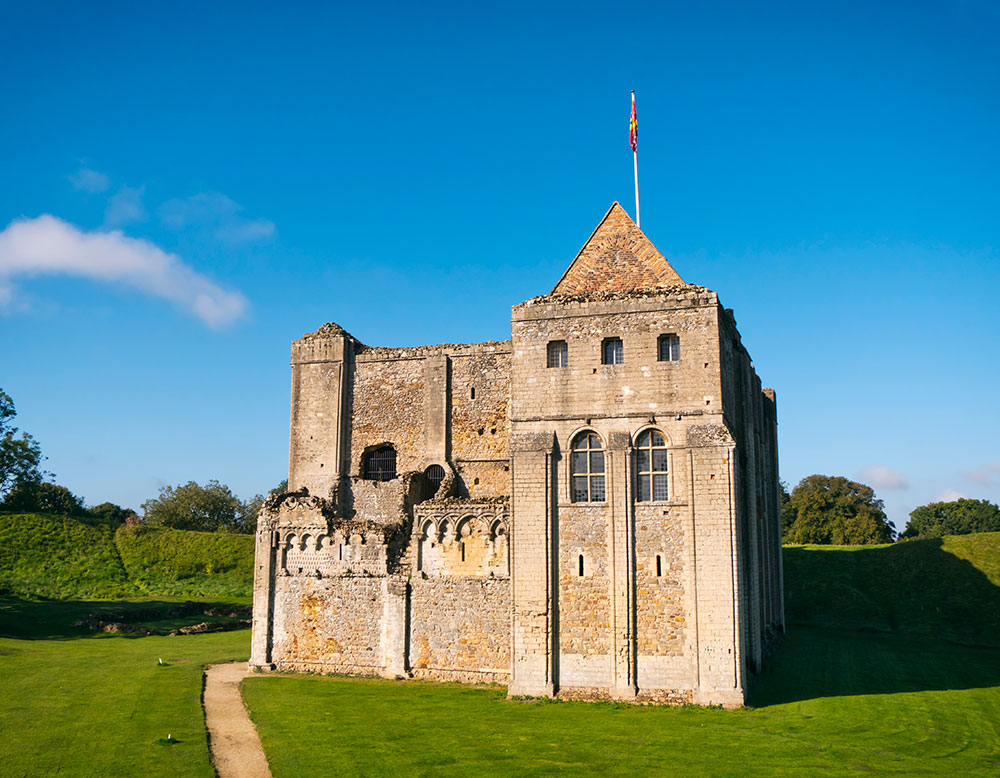
-
17. Answer
Answer: Framlingham Castle in Suffolk
Framlingham came into the hands of Mary Tudor, eldest daughter of Henry VIII, in 1552. Although the Catholic Princess Mary had been named Edward VI’s heir by their father, the young Edward attempted to bequeath the throne to the Protestant Lady Jane Grey. On Edward’s death on 6 July 1553, the Duke of Northumberland moved to secure the throne for Lady Jane, his daughter-in-law. Learning of Northumberland’s plans to capture her, Mary fled to Framlingham to gather her troops, arriving there on 12 July. It was while she was at the castle that Mary received the news that Northumberland had surrendered and she had been proclaimed England’s first ruling queen.
-
18.In the 12th century, Empress Matilda was which king’s rival for the throne?
Answer: King Stephen
In 1141, King Stephen was captured by Matilda’s forces. Stephen's brother, Bishop Henry of Blois, deserted Stephen and welcomed the empress to Winchester, preparing to consecrate her as queen. He was soon alienated by her attitude, however, and returned to his brother’s cause. With the help of Stephen’s other supporters, Henry laid siege to Winchester, with Matilda trapped inside. Accounts of the siege are confusing but Wolvesey Castle in Winchester (now an English Heritage property) certainly played its part. At the height of the fighting, Bishop Henry’s defenders rained down fire on the town, destroying part of the city. The empress was defeated and Stephen was restored to the throne.
-
19. A Neolithic earthwork henge in Cumbria was at one point believed to be the jousting arena of which legendary king?
Answer: King Arthur
King Arthur's Round Table is a late Neolithic earthwork henge that dates from between about 2000 and 1000 BC. Much later, it was believed to be King Arthur's jousting arena. It consists of a low circular platform surrounded by a wide ditch and earthen bank, a layout characteristic of prehistoric henges, and is one of a group of prehistoric megalithic sites and burial mounds in this area.
-
20. Hadleigh Castle in Essex was extensively refortified by Edward III during which war?
Answer: The Hundred Years War
Hadleigh was begun in about 1215 by Hubert de Burgh but extensively refortified by Edward III during the Hundred Years War, becoming a favourite residence of the ageing king. The barbican and two striking drum towers – one later used by Georgian revenue men looking out for smugglers – are part of Edward's substantial building works during the 1360s. Edward III was the first king to see the strategic importance of Hadleigh Castle – it was ideally situated as a base for defending the Thames estuary against French raids during the Hundred Years War. Today the romantic ruins of this royal castle look out over the Essex marshes.
